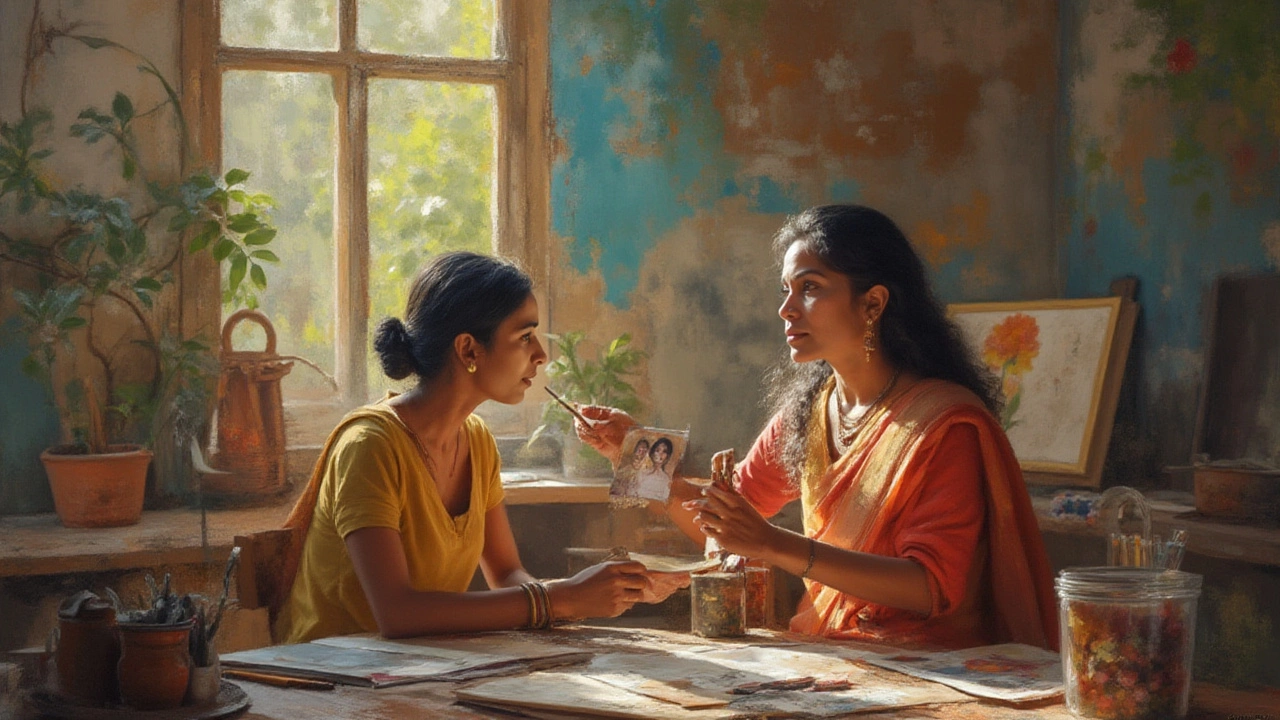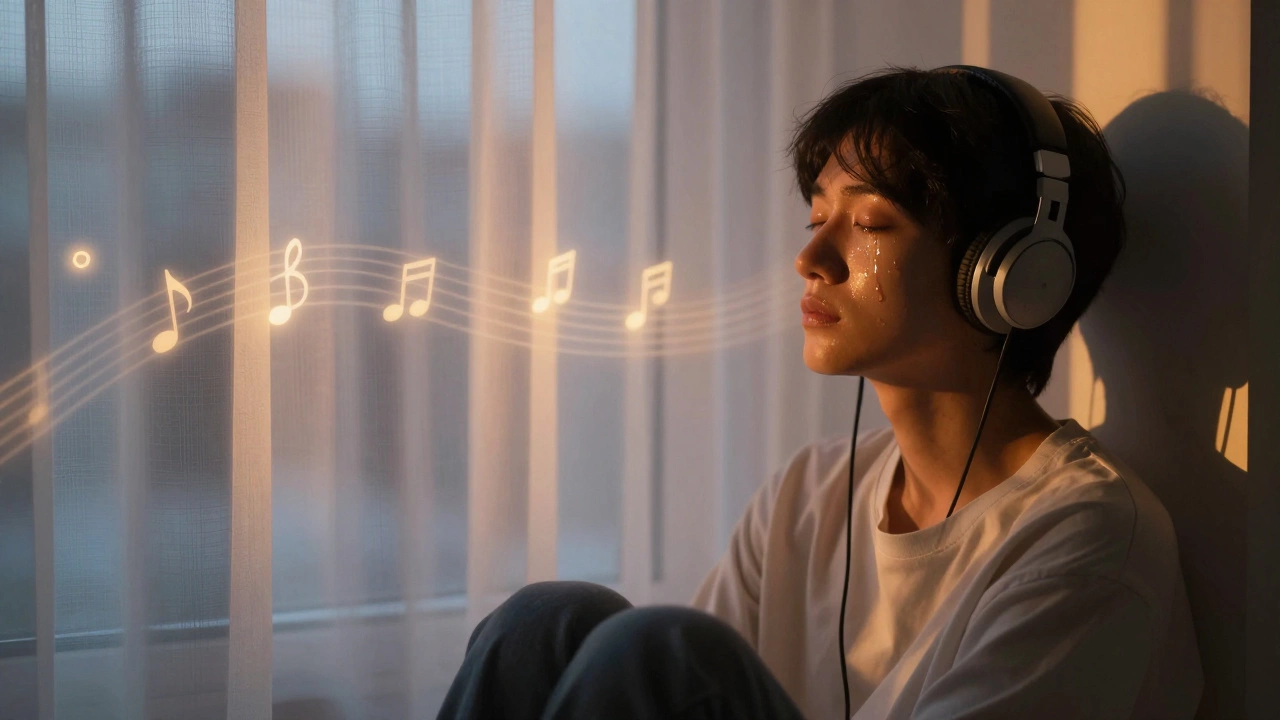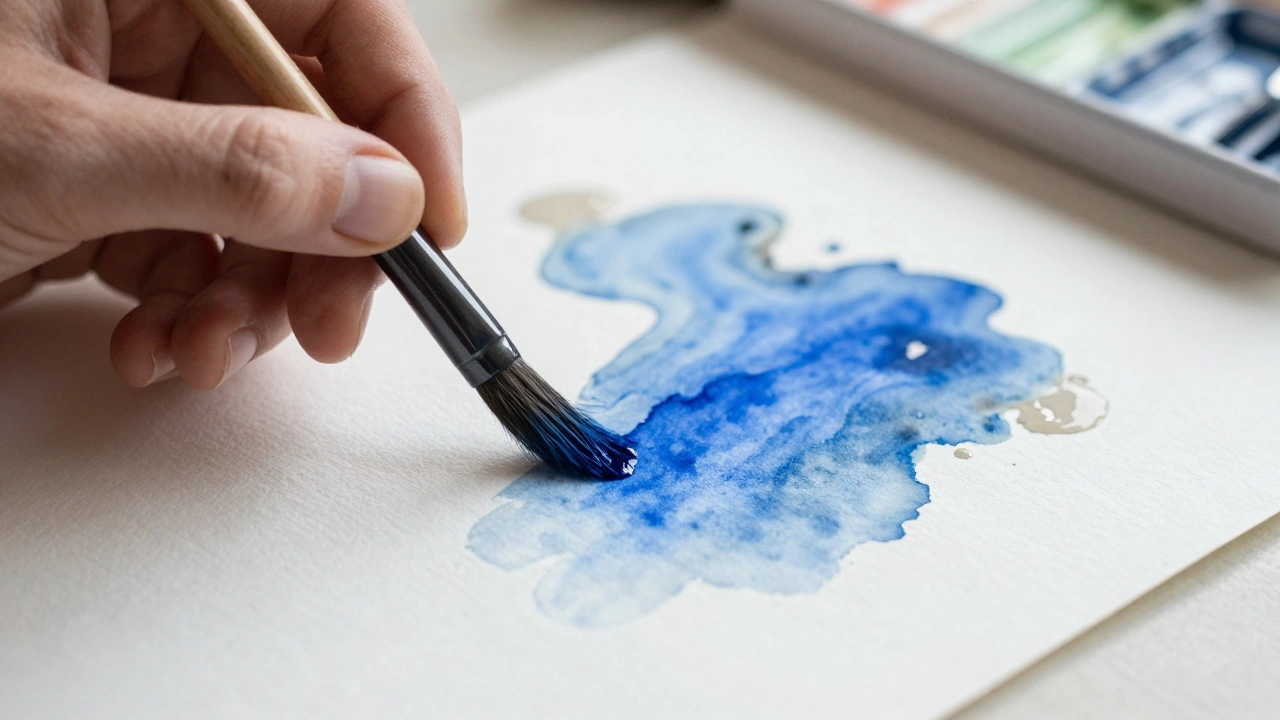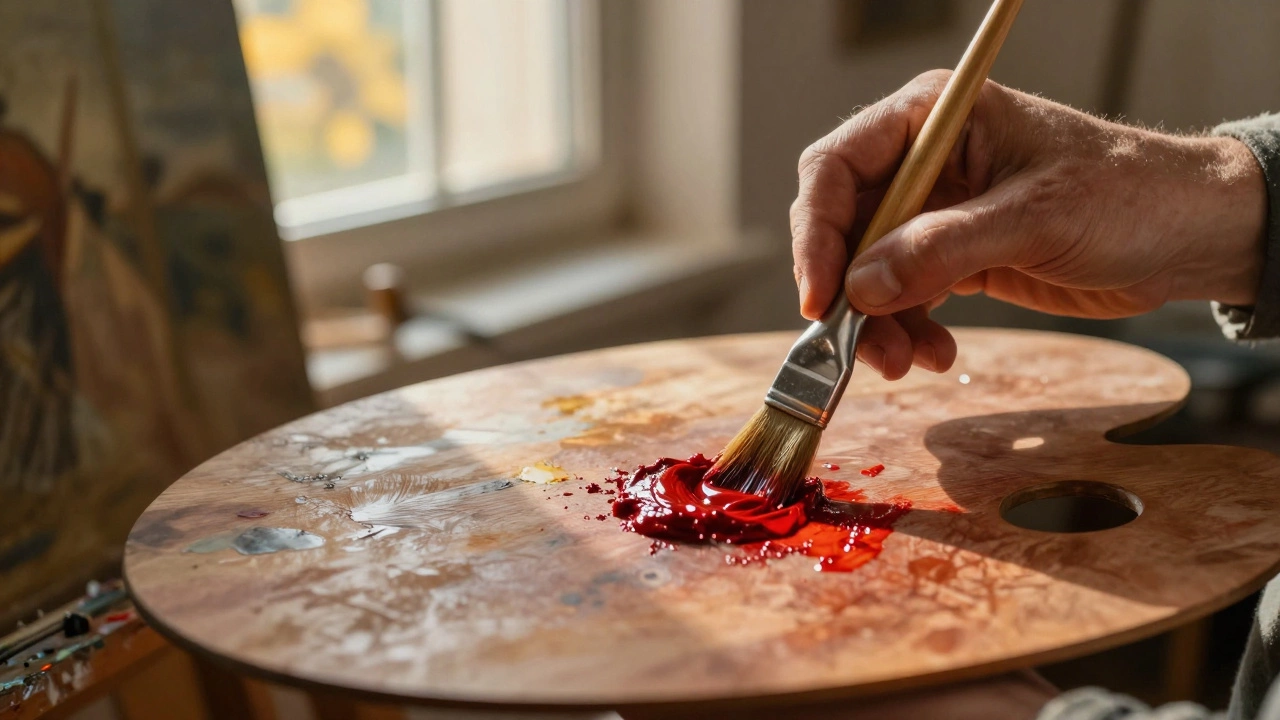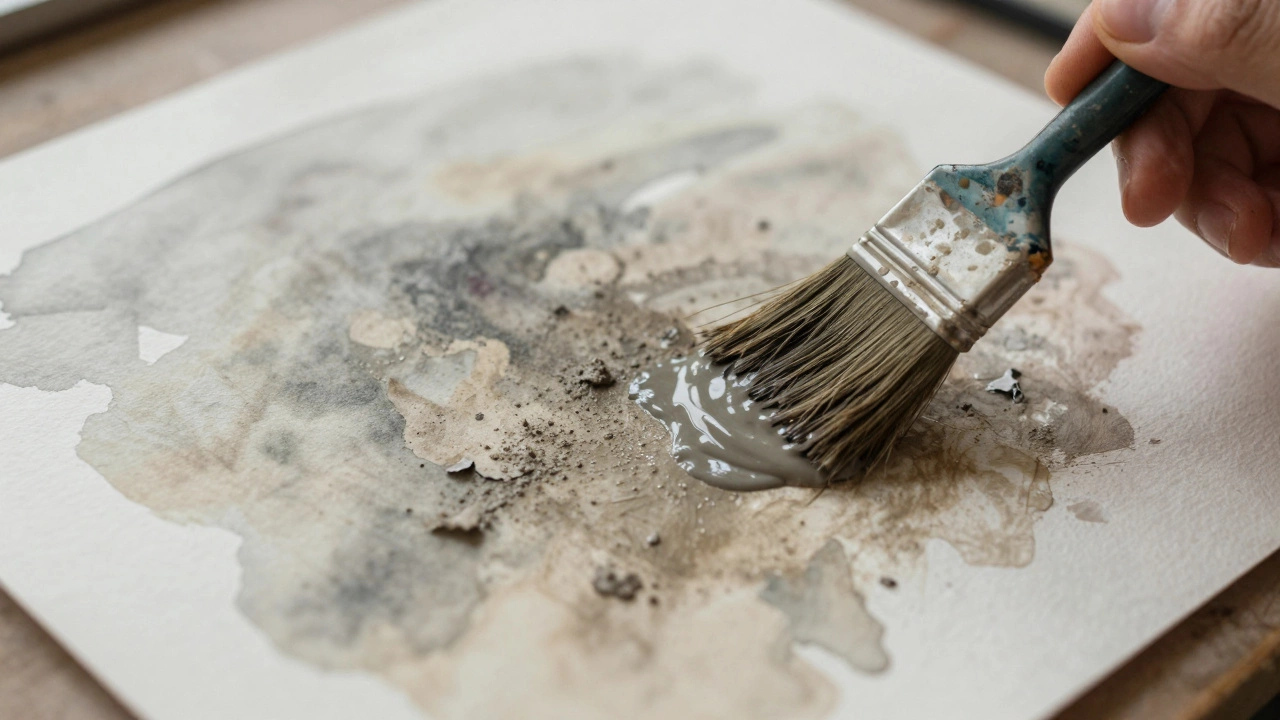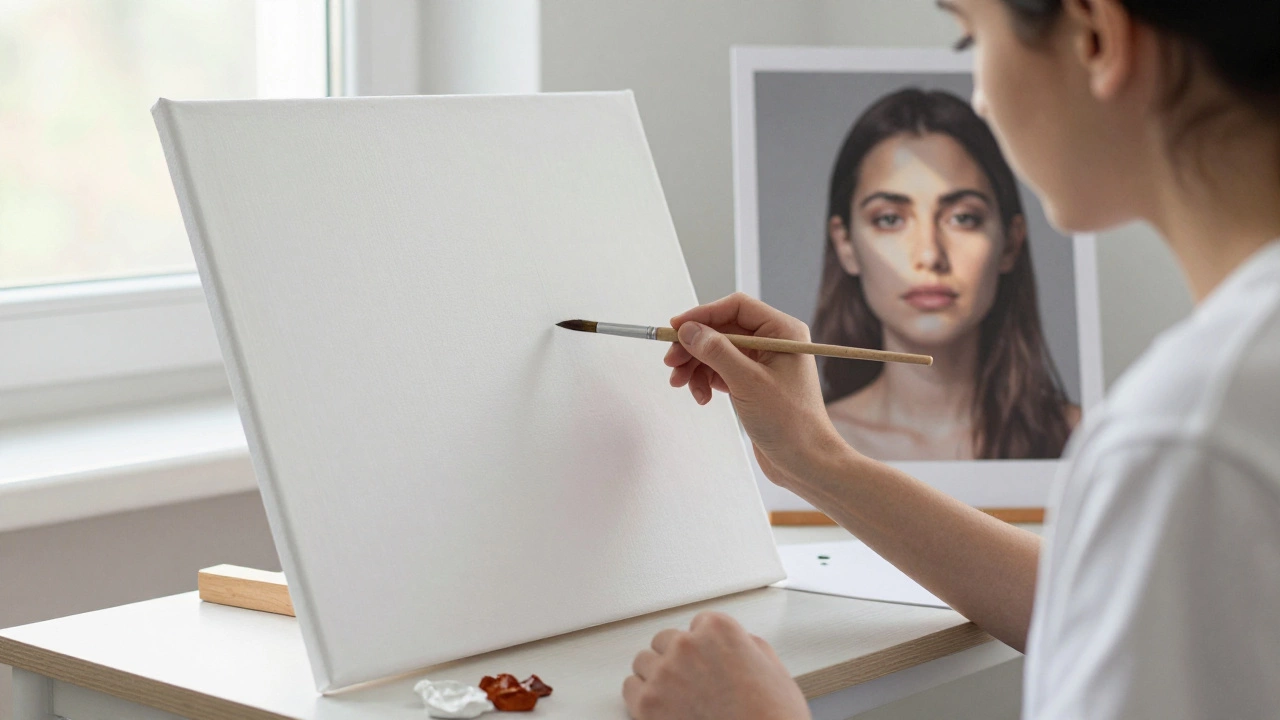You spot that perfect living room spot—the one just begging for a custom portrait. Maybe it’s for yourself, your partner, or a beloved pet. Yet, the main question stalls you: how much is this actually going to cost? You’ll hear everything from $40 doodle deals to eye-watering four-figure price tags quoted by well-known artists. Portrait prices are a wild ride, and honestly, there’s no flat answer. Not all art has a price tag at first glance, and NOBODY wants to accidentally lowball an artist or get caught paying three times the going rate just because someone on Reddit said so.
What Shapes the Cost of a Portrait?
So what actually makes one artist’s rate way higher than another’s? Several things come together to shape the price. First up: artist experience. A fresh-out-of-college artist will usually charge much less than someone with established gallery credentials and collectors snapping up all their work. Medium matters big time too. Pencil sketches, graphite or charcoal art, are almost always more affordable than full-color oil or acrylic paintings. For digital portraits, you’re typically paying less (often anywhere from $70 to $400 for a decent-quality digital head-and-shoulders piece). But go analog? Oil, pastel, colored pencil, or watercolor? Those can start at $200 for the most basic and shoot up over $2,000 easily for a well-known artist or bigger size.
Here’s another thing: the size of your portrait. A 5x7 inch drawing is good for a mantel, but a 30x40 inch masterpiece demands higher rates. More materials for canvas and paint, more time, more detail. And don’t overlook the number of subjects. One person = one rate. Add a second person, and expect 50-80% extra on average. Pets usually count as a separate subject. Want a hand-painted background, not just a color wash? Yep, that’ll raise the quote, sometimes by several hundred dollars.
Location is sneaky but powerful. If you approach an artist from a major art market like New York or London, rates can soar by 20-60% compared to an artist working from a small town. Then, there’s urgency—needing a gift next week? Many artists charge a “rush fee,” sometimes an extra 25-50% on top of the base price. And for anyone with a following, name recognition bumps things up fast. If the artist’s work gets featured in glossy magazines or is followed by thousands, expect their rate to reflect that.
Packaging and framing rarely get mentioned up front but they’re real costs. Bespoke framing easily adds $100 or more to the bill. And shipping, especially for large works, can sneak into the hundreds, especially for paintings with glass or fragile finishes. If you want reproduction or digital rights to the portrait (for cards, prints, promotion), be ready to discuss licensing costs beyond the artwork itself.
Just how complex is this all? Here’s a simplified look at some typical price ranges seen across artist commissions as of this year:
| Type | Beginner Artist | Experienced Professional | Top-Tier / Celebrity |
|---|---|---|---|
| Charcoal/Pencil (8x10” single) | $60-150 | $200-500 | $750+ |
| Watercolor (8x10” single) | $90-250 | $400-800 | $1,500+ |
| Oil/Acrylic (16x20” single) | $200-450 | $1000-2,500 | $5,000+ |
| Digital (Head & Shoulders) | $70-200 | $250-600 | $1,300+ |
Of course, custom details can nudge these numbers higher.
How Artists Calculate Their Prices
So, why can the same request land very different quotes? Each artist has their own unique approach. Some use an hourly rate, multiplying their estimated hours by a number anywhere from $20-$150/hour, depending on skill and reputation. If you hear a $350 quote for a portrait, it usually breaks down to 10-20 hours of work at $20-35 per hour for an emerging artist; experienced pros might block out 40 hours and bill $60 per hour or more. A few add a supply fee, especially for traditional paintings—canvases, paints, frames, and varnishing really add up.
Then there’s value-based pricing, which is less about hours and more about what the commission means to you. An artist might look at similar portraits they’ve sold, their demand, and sense of what makes the piece special (for example, a memorial portrait) and adjust the rate. Others charge by complexity: simple headshots cost less, full figures and detailed backgrounds raise the rate.
Marketplace demand also shakes things up. If an artist is booked out months in advance, it’s not rare for them to raise their baseline prices or charge more for urgent commissions. Holidays, graduation season, and wedding months—when custom gifts spike—often trigger temporary price hikes. Those rare artists who get a “waitlist” reputation can sometimes double their rates when demand surges.
There are also transparent artists who share their full price lists online with breakdowns by medium and size. Others prefer custom quotes, especially for group portraits or pets with tricky markings. And payment plans are becoming common—especially when the total commission tops $1,000. Deposits are standard; expect to pay 30-50% up front, which protects both you and the artist. Final balances are usually due before shipping or digital delivery.
It’s also worth knowing the artist’s policy on revisions. Some include one or two rounds of minor changes for free, but after that, fees may apply. Mistakes or major changes late in the process can cost extra, as it may mean reworking a large portion of the portrait from scratch.
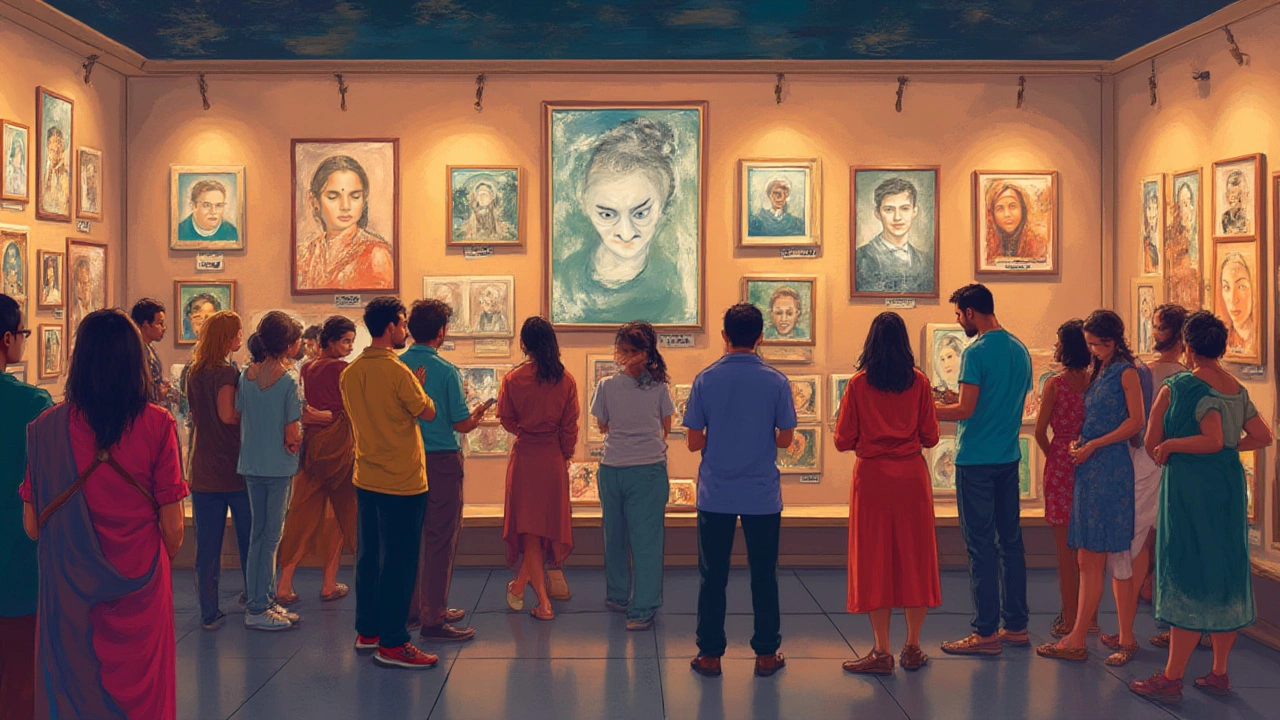
Tips for Commissioning (And Paying) an Artist
Handing over your money—and part of your story—to someone else can feel nerve-wracking. If you want a happy ending, there are a few clever tips worth keeping in mind. Start with homework: scroll the artist’s social profiles, read reviews, and look through recent sales. A legit artist will have a portfolio, ideally with pricing or at least clear ranges. Never rush to commission without seeing recent examples in the *exact* style you want.
Be specific about what you want. Reference photos help a lot, especially if you have a particular pose, mood, or clothing in mind. If you’re not sure, ask the artist for suggestions—they’ve usually seen what photographs well for a portrait. Clarify size, number of subjects, medium, background preferences, framing, and timeline before asking for a quote. The more details you give up front, the more accurate the quote—no surprise surcharges later.
Don’t be afraid to ask how the artist calculates prices, or what’s included (like revisions, framing, or shipping costs). It’s smart to agree on payment terms in writing—and most artists will send a commission agreement that spells this out. If you want something unique, such as an abstract twist or extra symbolism, bring this up early, since it may impact pricing and timeline.
- Shop around, but respect the artist’s rate—don’t haggle aggressively. If a price feels too high, explain your budget honestly and see if the artist can suggest changes to fit, like a smaller size.
- Read the fine print! Every commission should outline what happens if you’re not totally happy with the final work, or if you need to cancel midway.
- For pet portraits, clear, high-res photos with good lighting make an enormous difference in the result.
- Ask if you can get progress photos or updates as the artwork develops—most artists love sharing their process and it eases communication.
- If you see a too-good-to-be-true offer (say, $30 for a full-color oil painting), double-check the artist is legitimate. Art scams are everywhere—especially online.
If you want to support local or up-and-coming artists, student exhibitions and local art fairs are great spots for affordable but high-quality portraits. Many students in art school offer commission rates well below market as they grow their reputations. On the flip side, don’t expect “famous” artists to negotiate—if they have 50k followers on Instagram, their rates are almost always firm, and their waitlists can stretch for months.
Why Artists Charge What They Do
Anybody can glance at a price tag and think “wow, that’s a lot for a painting,” but behind each quote is more than meets the eye. Artists don’t just charge for their time with a pencil or brush. Years of study, expensive supplies, rent for a studio space, and soul-taxing creative labor all come bundled up in that rate. Most artists make far less per piece than you’d think once these costs are added in. A 2022 survey by the Art Dealers Association of America found the median income for full-time, self-employed artists was just under $30,000 a year—which is lower than almost every other bachelor’s degree job in the country.
Factor in hours spent hustling for new clients, creating promotional work, shipping, photographing finished portraits, doing admin, and learning new skills. None of that gets covered if someone expects “art for exposure” or wildly underpays. Paying a fair rate lets artists do what they love, grow their craft, and make art that doesn’t cut corners. When someone invests in a hand-made portrait, it shows respect—not just for the art, but for the person who made it possible. And, in today’s digital world, every time you commission an artist instead of buying a mass-produced print, you’re voting for more originality and less cookie-cutter décor.
It all comes down to a mix of factors: experience, size, medium, complexity, location, urgency, and reputation. If you’re ever unsure, most artists truly appreciate honest conversation about your budget, especially when it leads to a solution where both parties feel good. A custom portrait does cost more than buying art off a shelf—but you end up with something no one else in the world owns. That feeling? Honestly, it’s priceless. So when you ask, “How much should I pay an artist for a portrait?”—it’s not really about sticking to the cheapest price, but about finding the right fit for your vision and budget, while supporting the creative person sketching your next treasured memory.
